Hillbilly —— A Cultural History of an American Icon
----- 乡巴佬:一位美国偶像的文化史
Hillbilly: A Cultural History of an American Icon. By Anthony Harkins. (New York: Oxford University Press, 2003. Pp. xii, 324. Introduction, illustrations, epilogue, postscript, notes, bibliography, indices. $35.00.) In the pantheon of American regional icons, none slouches more prominently than the hillbilly. Whether rustic and independent and conscientiously anti-modern or, more often, drunken and slovenly and dangerous, this poor-white character has been a staple of American popular culture and humor for almost two centuries. In this interesting and entertaining book, historian Anthony Harkins traces the development and history of the hillbilly icon and analyzes its place within the American pop-cultural landscape. According to Harkins, the "hillbilly has . . . served at times of national soul-searching and throughout the twentieth century as a continually negotiated mythic space through which modern Americans have attempted to define themselves and their national identity and to reconcile the past and the present" (p. 4). While that may be overblown (no well-meaning academic wants to run the risk of selling his topic short), this is certainly a valuable study that explores a variety of nuances, from meanings of whiteness to the political and cultural backdrops of social constructs. Harkins finds the roots of the hillbilly stereotype in the early eighteenth-century observations of colonial backcountry dwellers penned by William Byrd. But it would be another century before early candidates for hillbillyhood began to emerge in popular literature through the stories of rustic, New England Yankee types and in the characters created by "southwestern humorists." (Arkansas readers may be disappointed here that C. F. M. Noland and his Pete Whetstone receive nothing more than a single mention.) A growing number of fictional, and "non-fictional," accounts of life in the southern mountains in the late nineteenth century-many of them focusing on feuding and moonshining-contributed a sense of foreboding "otherness" to the developing image. Nevertheless, even in 1900, the year in which the term "hillbilly" first appeared in print, there was still no single, "nationally recognized iconographie stereotype of southern mountain folk" (p. 21). In the years before World War II, not one but two popular images of the hillbilly would parade across the American stage. The dozens of mountaineer motion pictures of the early twentieth century tended to perpetuate the violent and threatening images of southern highland folk, while the success of country, or hillbilly, music in the 1920s and 1930s promoted a more innocuous yet in many ways equally negative stereotype-the image of the unpretentious, comical rube. Harkins points out that this dualism has been a key component of the hillbilly icon and that the semantic malleability of the term hillbilly has been crucial to its widespread use-and to its eventual cooptation by the very people it was originally meant to slander. â¦
{{comment.content}}
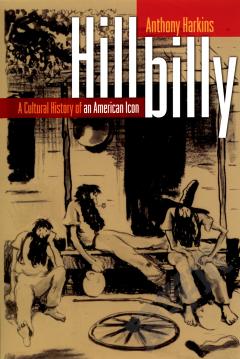
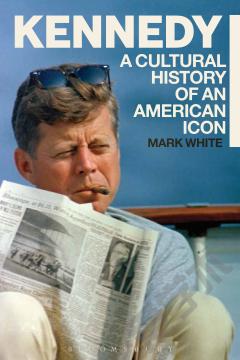
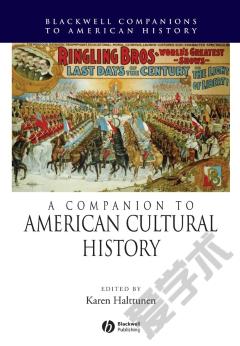
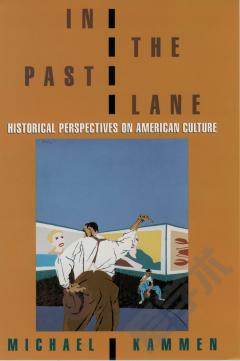
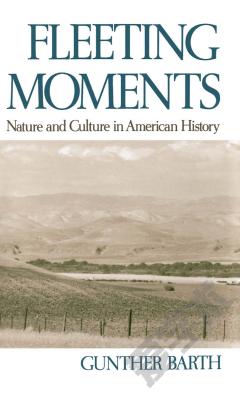
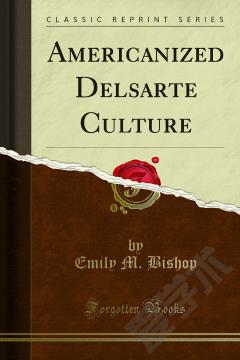
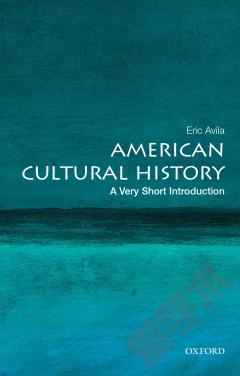

 京公网安备 11010802027623号
京公网安备 11010802027623号